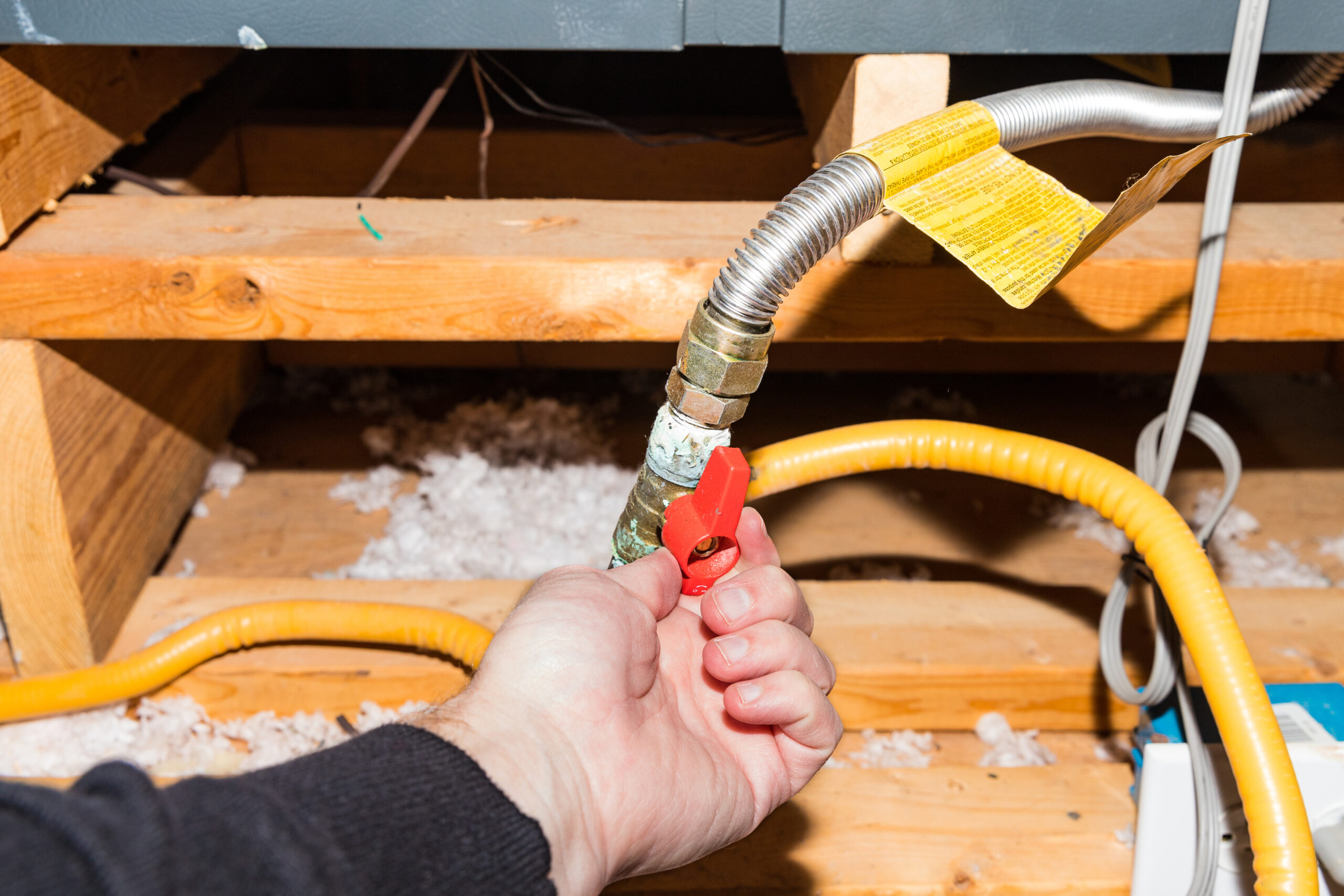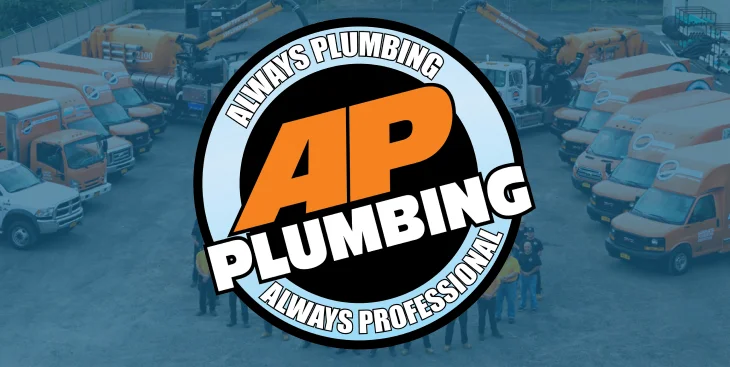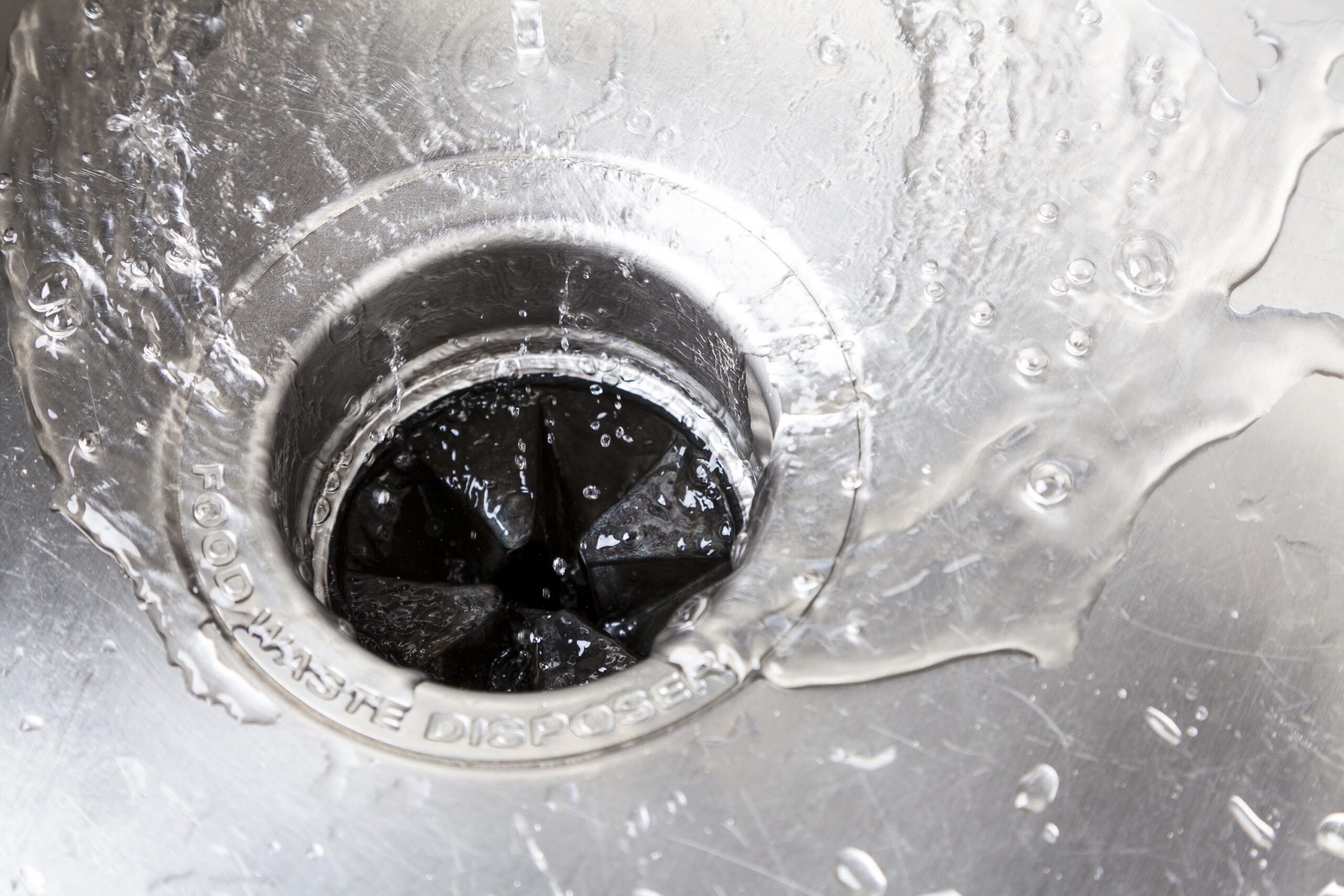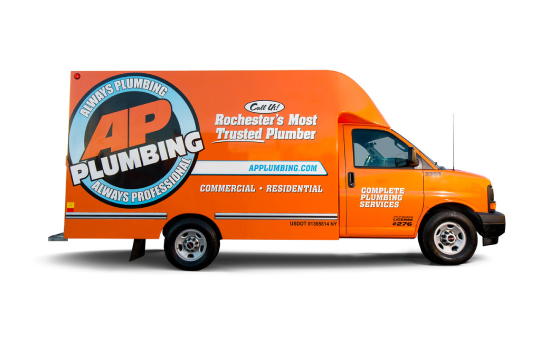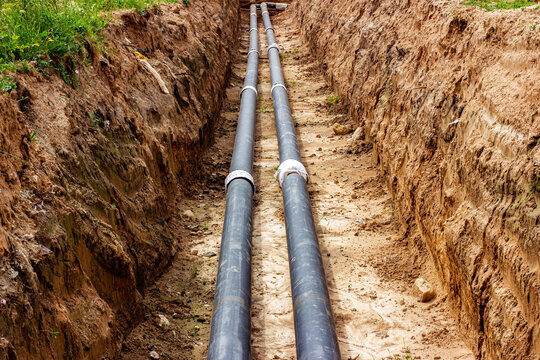
If you’re planning a backyard project or dealing with drain issues, you’ll need to know where your sewer line runs. It’s not always obvious, especially if your home has had additions or landscaping changes. Still, the line is there, and finding it now can help you avoid a serious mistake later. Whether you’re planting a tree or troubleshooting slow drains, AP Plumbing in Rochester, NY, can help you get the right information before anything gets torn up. Knowing where the line goes means fewer surprises and fewer headaches.
Start with the Obvious Clues Around the Property
Your home’s sewer line doesn’t advertise itself, but it does leave clues. If you walk around the outside of your house, you’ll probably spot a short vertical pipe somewhere along the perimeter. That’s your cleanout. Most cleanouts rise a few inches above ground and are capped with a round or square lid. If the property has shifted or if heavy landscaping has taken place, the pipe might sit flush or be covered in dirt.
If you find that cleanout, you’re halfway there. The main sewer line will run from that spot toward the street, usually in a straight path. Newer homes tend to follow this layout. Older homes might take a less direct route. If you have multiple bathrooms on different sides of the house, your line might split and join at a main connection point somewhere under your slab or crawl space.
Check the Plumbing Layout Inside
Step inside and take a look at where your main plumbing fixtures sit. Most bathrooms, laundry rooms, and kitchens are placed near or above the sewer line. If you draw a mental line from those rooms toward the street, you’ll start to build a picture of where the line probably runs. Stack the rooms in your mind. If the bathroom on the second floor sits above the one on the first, and that one sits near the laundry room, it’s likely that all three tie into the same vertical pipe before draining out horizontally.
When homes were built with basements, the sewer line usually leaves the foundation wall a few feet above the basement floor. In houses built on slabs, you won’t be able to see the pipe directly, but the fixture placement still gives you a sense of direction. Some homes also have a basement cleanout or floor drain that can help you trace the path more precisely.
Use a Drain Snake to Trace the Path
If you want to go one step further without digging, you can use a drain snake with a small radio transmitter or locator head. These tools are available for rent at most tool rental centers. Feed the snake through a cleanout or open drain, and walk along the yard with a receiver wand. As the snake moves through the pipe, the receiver will tell you where it is underground. You can mark the ground with small flags or chalk to map the path. This method works especially well if your line doesn’t follow a straight shot or if you suspect it cuts through a flower bed or under a driveway. If you plan to dig, you’ll want to avoid these zones.
Look at City Maps or Property Records
Most municipalities keep records of utility layouts, especially for homes built after the 1970s. You can usually request a site map or sewer card that shows the location of the main line, the lateral connection, and any public utilities nearby. These documents sometimes include scale diagrams or distance markers from the property line to the tap.
Keep in mind that maps can be out of date, especially if the property has been renovated or the neighborhood has been repaved. If you find discrepancies between what’s on paper and what’s underfoot, trust the physical signs you see on your lot. The map is a starting point, not a guarantee.
When to Call in a Pro with a Camera
If you still feel unsure after checking maps and inspecting the property, a plumber with a camera system can settle it quickly. Sewer inspection cameras feed into the pipe and show real-time footage on a screen. As the camera travels, the plumber can mark the depth and location from above ground. This method confirms not just the location, but the pipe’s condition too.
A camera inspection is worth considering before major landscaping or when you’ve had multiple plumbing issues. It shows what’s happening without digging and lets you make decisions based on real information, not guesswork. Many homeowners get this done once and keep the footage for future reference, especially if they’re planning renovations or selling the house. It’s easier to make smart choices when you have that kind of data in hand.
Book Your Sewer Camera Inspection Now
The sewer line might be buried, but it doesn’t have to stay a mystery. A sewer camera inspection can confirm everything without digging a single hole. Besides helping locate their sewer lines, we also offer camera inspections, pipe locating, and trenchless repair planning so you’re not guessing when it comes to underground plumbing. Book your service with AP Plumbing service experts today and get clarity about what’s beneath your yard.



